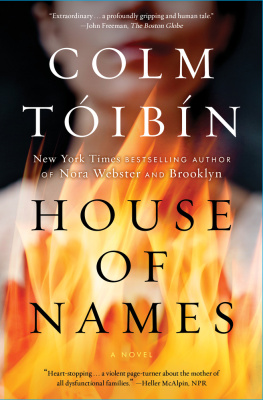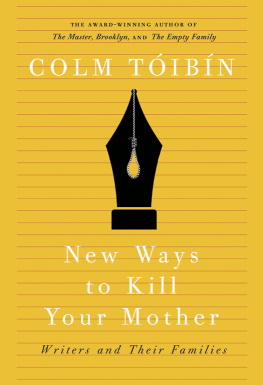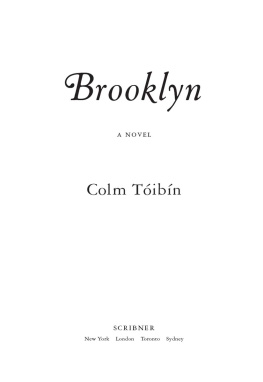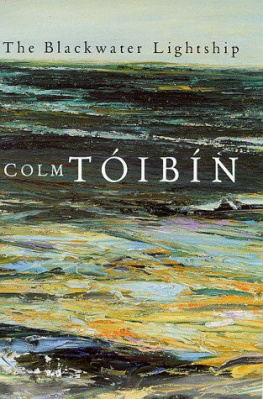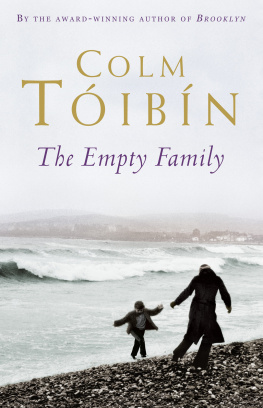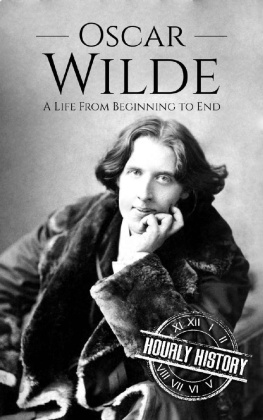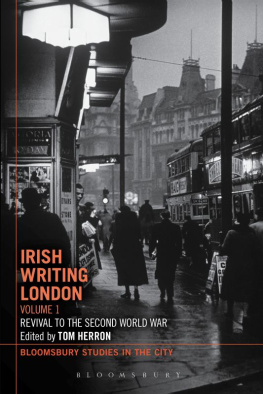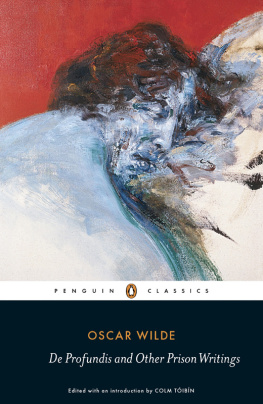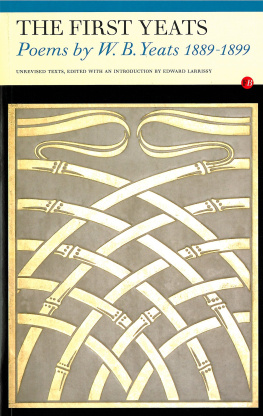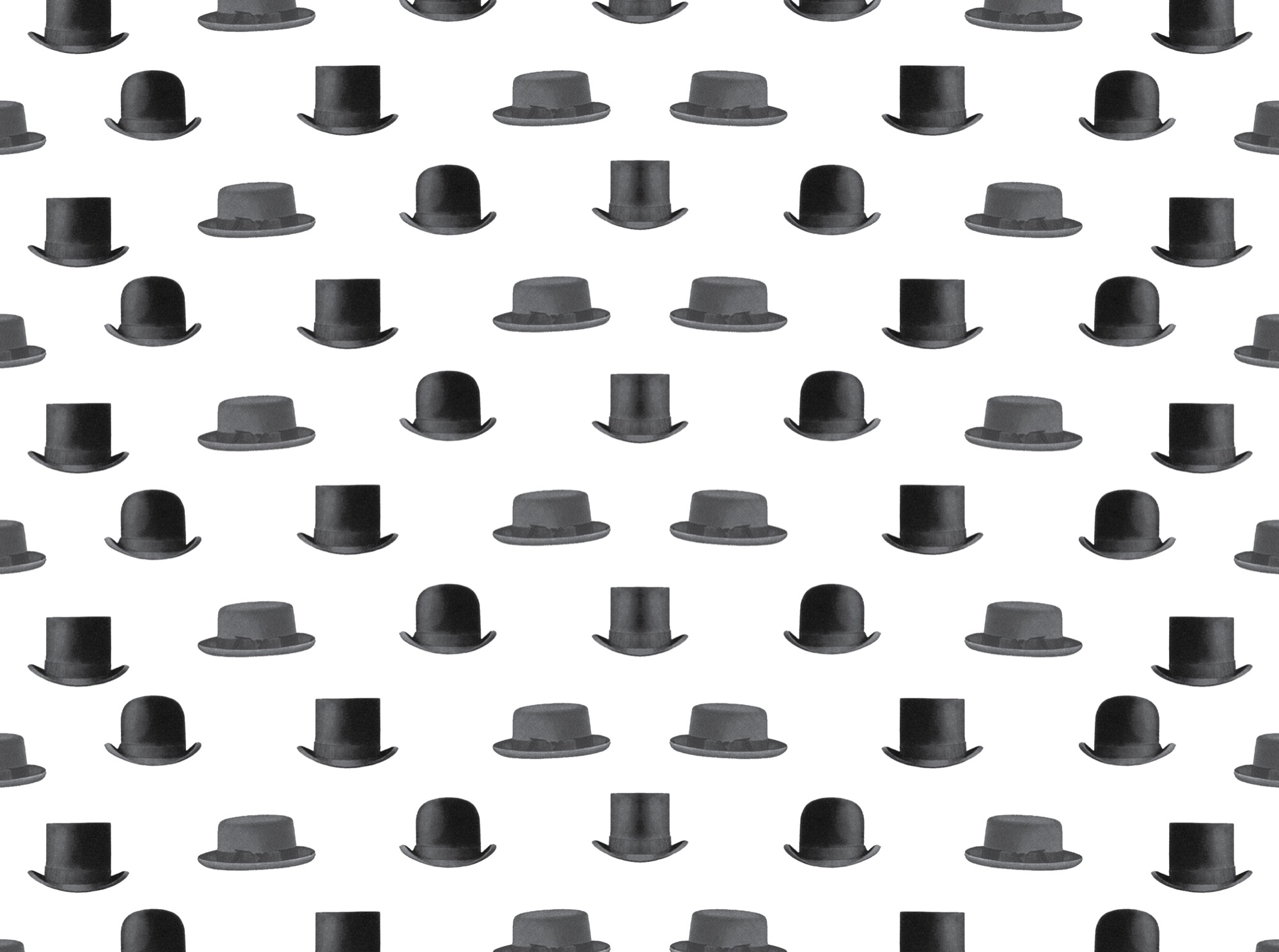Thank you for downloading this Simon & Schuster ebook.
Get a FREE ebook when you join our mailing list. Plus, get updates on new releases, deals, recommended reads, and more from Simon & Schuster. Click below to sign up and see terms and conditions.
CLICK HERE TO SIGN UP
Already a subscriber? Provide your email again so we can register this ebook and send you more of what you like to read. You will continue to receive exclusive offers in your inbox.
We hope you enjoyed reading this Simon & Schuster ebook.
Get a FREE ebook when you join our mailing list. Plus, get updates on new releases, deals, recommended reads, and more from Simon & Schuster. Click below to sign up and see terms and conditions.
CLICK HERE TO SIGN UP
Already a subscriber? Provide your email again so we can register this ebook and send you more of what you like to read. You will continue to receive exclusive offers in your inbox.
ALSO BY COLM TIBN
FICTION
The South
The Heather Blazing
The Story of the Night
The Blackwater Lightship
The Master
Mothers and Sons
Brooklyn
The Empty Family
The Testament of Mary
Nora Webster
House of Names
NONFICTION
Bad Blood: A Walk Along the Irish Border
Homage to Barcelona
The Sign of the Cross: Travels in Catholic Europe
Love in a Dark Time:
Gay Lives from Wilde to Almodvar
Lady Gregorys Toothbrush
All a Novelist Needs: Essays on Henry James
New Ways to Kill Your Mother
On Elizabeth Bishop
PLAYS
Beauty in a Broken Place
The Testament of Mary

Scribner
An Imprint of Simon & Schuster, Inc.
1230 Avenue of the Americas
New York, NY 10020
www.SimonandSchuster.com
Copyright 2018 by The Heather Blazing Ltd.
All rights reserved, including the right to reproduce this book or portions thereof in any form whatsoever. For information, address Scribner Subsidiary Rights Department, 1230 Avenue of the Americas, New York, NY 10020.
First Scribner hardcover edition October 2018
SCRIBNER and design are registered trademarks of The Gale Group, Inc., used under license by Simon & Schuster, Inc., the publisher of this work.
For information about special discounts for bulk purchases, please contact Simon & Schuster Special Sales at 1-866-506-1949 or .
The Simon & Schuster Speakers Bureau can bring authors to your live event. For more information or to book an event, contact the Simon & Schuster Speakers Bureau at 1-866-248-3049 or visit our website at www.simonspeakers.com.
Interior design by Kyle Kabel
Jacket design by Nakim
Jacket illustrations from Poster Advertising John B. Stetson Company, 1890, American School (19th Century) / Private Collection/Dato Images/Bridgeman Images
Library of Congress Cataloging-in-Publication Data is available.
ISBN 978-1-4767-8517-2
ISBN 978-1-4767-8519-6 (ebook)
Image on courtesy of the Poetry Collection of the University Libraries, University at Buffalo, The State University of New York
For Mary-Kay Wilmers
Versions of these chapters were first given as the Richard Ellmann Lectures in Modern Literature at Emory University in Atlanta, Georgia, in November 2017.
INTRODUCTION
T here is a peculiar intensity about some streets in Dublin that gets more layered the longer you live in the city and the more stray memories and associations you build up. With time, thoughts thicken and become richer, connect more. Sometimes this aura in the city can be greatly added to by history and by books.
On a busy day, nonetheless, it is possible to go into the General Post Office on OConnell Street to post a letter or buy a TV license and not think at all at first about the 1916 Rebellion, which used the post office as its headquarters, or about MacDonagh and MacBride, Connolly and Pearse, the men who led the rebellion, or about Yeatss lines:
When Pearse summoned Cuchulain to his side,
What stalked through the Post Office? What intellect,
What calculation, number, measurement, replied?
But then I turn and see the statue of Cuchulain, the mythical Irish warrior, made by Oliver Sheppard, which stands in the post office, and remember that Samuel Beckett once asked his friend Con Leventhal to betake himself to the Dublin Post Office and measure the height from the ground to Cuchulains arse, because Neary in Becketts novel Murphy wished to engage with the arse of the bronze Cuchulain by banging his head against it. Thus the mind, pondering on nothing much or the malady of the quotidian, can become bothered by heroes, by history, by headbangers.
Before they closed the Bank of Ireland branch at the corner of Pearse Street and Lombard Street East, which is a continuation of Westland Row, I used to walk down there regularly, since it was the branch where I had my account. Some days as I passed the National Library in Kildare Street on my way, I could think for a second about Leopold Bloom and the Kilkenny People and Stephen Dedalus and the ghost of Hamlets father. I had studied in the National Library almost every weekday for two years between 1973 and 1975 so I could muse on who stole my yellow bicycle in the spring of 1975, and then wonder if they still make a Bulgarian wine called Gamza that Buswells Hotel across the road used to serve very cheaply by the glass in those years, or remember how a friend one day, while we both stood smoking outside the portals of the librarythe same portals that Joyce uses in A Portrait of the Artist as a Young Man looking at the Dil car park, remarked that Brian Lenihan, then a prominent politician, had hair that seemed to have been actually, by some ancient process, corrugated. Or recall, on my return from Spain in 1978, how strange I thought it was that there was only one real coffee machine in the whole city, in the Coffee Inn on South Anne Street.
And then I turn into South Leinster Street, where the bomb went off in 1974, and I try to remember how many precisely it killed and wonder why there is no memorial there, and then try to remember what the bomb had sounded like as I sat in the Reading Room of the National Library that late Friday afternoon. It was like nothing much in fact; it was more the silence afterwards and the much more exact memory I have of the rest of that evening in the mad, panicking city, watching each parked car with a mixture of suspicion and fear and disbelief, then drinking in Toners pub in Baggot Street until the early hours, cello music playing on the radio, broken by a hush as each news bulletin came on.
And then I half-notice the sign on the gable end of the building on the opposite side of the street as the curve of Lincoln Place comes into view. It says Finns Hotel. It is funny that the sign hasnt faded more. James Joyce got two books out of it, or the title of the second anyway. Finn. Finnegan. It was here on June 10, 1904, that he met Nora Barnacle, who worked in the hotel. The two young strangers who had locked eyes stopped to talk, and they arranged to meet four days later outside the house where Sir William Wilde and his wife, Speranza, had lived, where they raised their son Oscar, who was four years dead by the time Joyce met Nora.
When Nora stood Joyce up on June 14, Joyce wrote to her ardently, pleading for another date: I may be blind. I looked for a long time at a head of reddish-brown hair and decided it was not yours. I went home quite dejected. I would like to make an appointment but it might not suit you. I hope you will be kind enough to make one with meif you have not forgotten me. Later that day he wrote again: I hear nothing but your voice... I wish I felt your head on my shoulder. They walked out together for the first time on June 16, which is when their story began, and when Ulysses is set. It was lucky, I suppose, that their date wasnt in the middle of November; then it would have been a shorter book. Or on Good Friday, when the pubs used to be closed. The thought occurs to me for a moment, as I think of those closed pubs and wine sales off bounds on Good Friday, that it was a dry business, a crucifixion. Especially towards the end. Only water came out of the wound in his side.

